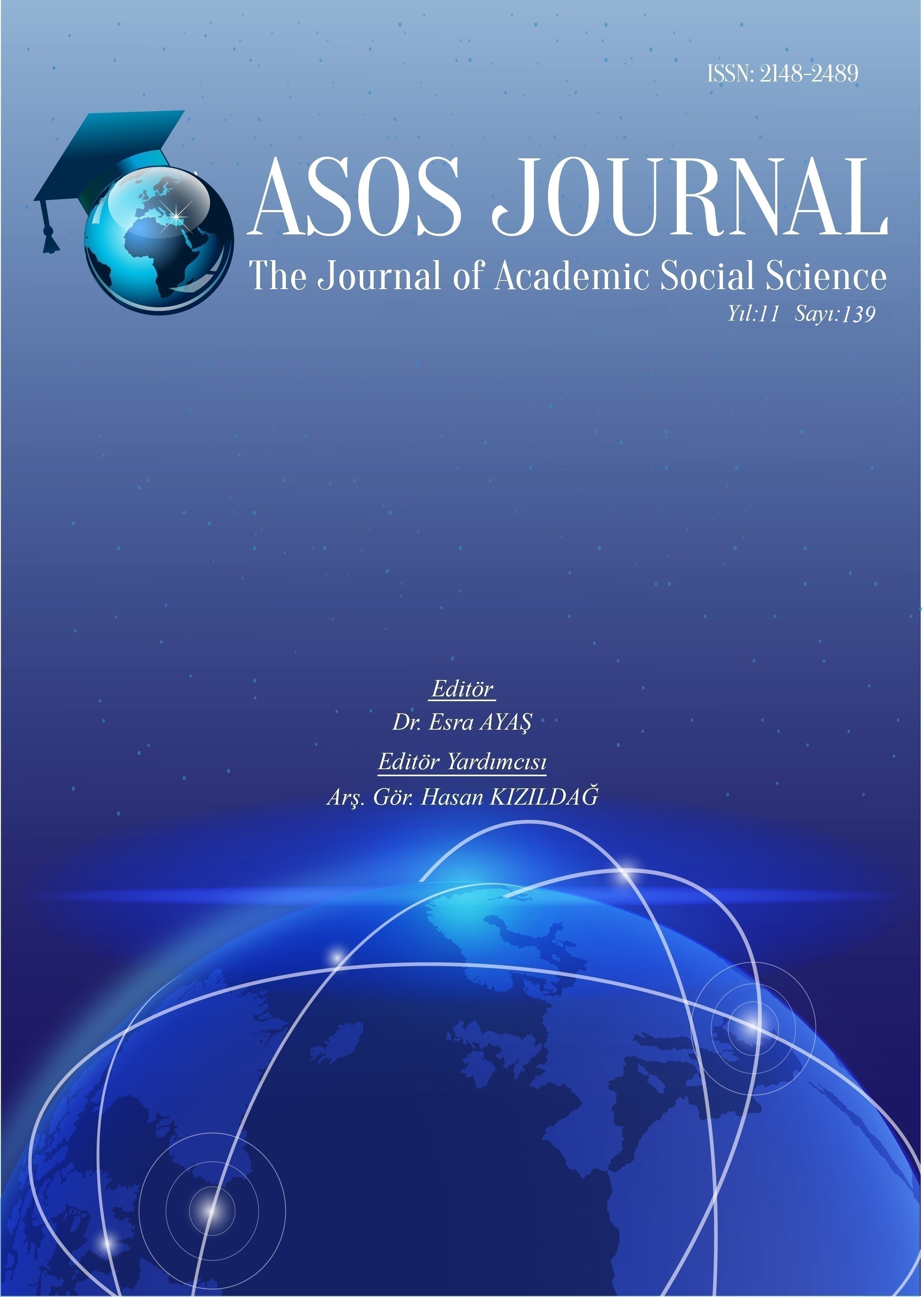Author :
Abstract
Bu araştırmanın amacı, İlkokullarda İYEP programının uygulanma yöntem ve tekniğine yönelik deneyimlerin paylaşımını sağlamak, programda olumlu ve olumsuz olarak nitelendirilecek çalışmaların öğretmen görüşleri dikkate alarak tespitini ortaya koymak amaçlanmıştır. Bu doğrultuda, ilkokullarda uygulanan eğitim programını uygulayan öğretmenlerin tecrübelerine bağlı olarak programın kapsamlı bir şekilde analiz edilmesine ve programa katkı sağlanmaya çalışılmıştır. Araştırmada durum çalışma deseni kullanılmıştır. Araştırma’nın çalışma grubunda ölçüt örnekleme yöntemine yer verilmiştir. Çalışma grubunda Muğla’nın Ula ilçesinde İYEP kapsamında programı uygulayarak tecrübe etmiş, gönüllü 10 sınıf öğretmeninin yer alması sağlanmıştır. Araştırmada sınıf öğretmenlerinden veri elde etmek amacıyla yarı yapılandırılmış görüşme formu kullanılmış, verilerin analizinde nitel veri çözümleme tekniklerinden içerik analizine kullanılmıştır. Araştırmada ulaşılan bulgularda, programın içinde olumlu ve olumsuz yönlerin bulunduğu görülmektedir. Programda bulunan modül için ayrılan sürenin yeterli olduğu, öğretim materyalleri açısından eksiklerin tamamlanması gerektiği ve öğretim materyali olarak öğrenci etkinlik kitapları dışında başka kaynakların (eğitim platformları, dijital materyal, somut araç-gereçler, çalışma kağıtları vb.) gerektiği ortaya konmuştur. Öğretmenler, programda yer verilen Türkçe ve matematik derslerinin yanında diğer branşlar bazında da programın uygulanabilir olması, geliştirilmesi gerektiğini aktarmışlardır. Uygulama yapan öğretmenler programın tüm ilkokul kademesince uygulanması ve sürdürülmesi gerektiğini ifade etmiştir. Ayrıca sınıfların oluşturulmasında öğrenci düzeylerinin dikkate alınmasının önemi ve sayının altı ve daha az öğrenci olduğunda daha verimli olacağı sonucuna ulaşılmıştır.
Keywords
Abstract
The aim of this research is to share the experiences about the implementation method and technique of the IYEP program in primary schools, and to reveal the determination of the studies that will be described as positive and negative in the program, taking into account the opinions of the teachers. In this direction, it has been tried to analyze the curriculum in a comprehensive way and to contribute to the curriculum, depending on the experiences of the teachers who implemented the curriculum applied in primary schools. Case study design was used in the research. The criterion sampling method was used in the study group of the research. In the study group, 10 volunteer classroom teachers were included in the Ula district of Muğla, who had experienced the program within the scope of İYEP. In the research, semi-structured interview form was used in order to obtain data from classroom teachers, and qualitative data analysis techniques were used in the analysis of the data. In the findings of the research, it is seen that there are positive and negative aspects in the program. It has been revealed that the time allocated for the module in the program is sufficient, the deficiencies in terms of teaching materials should be completed, and other resources (educational platforms, digital materials, concrete tools, worksheets, etc.) other than student activity books are required as teaching materials. The teachers stated that the program should be applicable and developed on the basis of other branches, in addition to the Turkish and mathematics courses included in the program. The teachers who practiced stated that the program should be implemented and maintained by all primary school levels. In addition, it was concluded that it is important to consider student levels in the creation of classes and that it will be more efficient when the number of students is six or less.





